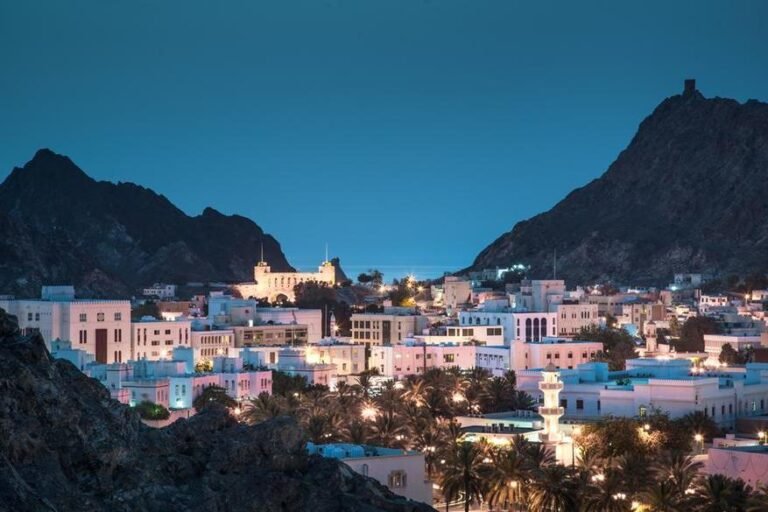Transport Middle East 2025 opens in Salalah from Aug 31 to Sept 2, bringing port leaders, investors and technology suppliers together at Millennium Resort Salalah for sessions on inter-modal connectivity, terminal automation and green energy, hosted by the Port of Salalah.
The timing is strategic. Oman has spent the past few years building hard infrastructure and sharpening its policy tools. A new unified law for special economic and free zones took effect this year, modernising incentives and governance. Port and free-zone upgrades have expanded capacity, while operators push digitalisation to cut costs and emissions. The question now is simple: can Oman convert infrastructure and policy into anchored investment, sustained volumes and jobs?
Port of Salalah is a pivotal catalyst in fuelling Dhofar’s economic growth
Three tests should define success in Salalah:
Investment conversion. Announcements are not outcomes. The summit must help move MoUs to signed leases, ground-breaking dates and hiring timelines — particularly in port-centric clusters such as cold-chain, food processing, minerals and polymers. A public pipeline of tenants with construction milestones would signal credibility.
Green efficiency at scale. With global carriers under decarbonisation pressure, terminals that combine electrified equipment, smarter yard planning and reliable gate operations will win services. A phased “green terminal road map” for Salalah — covering equipment electrification, renewable sourcing and shore-power studies — should be tabled with costs, timelines and expected emissions cuts per move.
Connectivity and resilience. Salalah’s Indian Ocean position is an advantage only if hinterland links, customs processes and free-zone services are fast and predictable. A logistics scorecard — berth productivity, truck turn-times, gate throughput, clearance times — updated quarterly, would keep operators and regulators aligned on performance.
Speakers from Omani authorities and international ports are due to set out case studies on capacity, safety and automation, with a technical visit to the container and general cargo terminals. That visit should showcase concrete post-upgrade gains — not just equipment, but the data discipline behind it.
There are risks. A post-upgrade spike in throughput can flatter the numbers, but sustaining it requires disciplined concessions, time-bound permitting under the new zones law and genuine Omanisation and SME participation in maintenance, logistics tech and value-add services. Execution, not events, builds reputation.
There is also a clear opportunity. If, by next Khareef Dhofar Season, Salalah can point to new tenants under construction, measurable cuts in emissions per move, and a throughput run-rate above last year’s levels — with published scorecards to prove it — the summit will have marked a turning point: from vision and venues to verifiable delivery.
Oman’s logistics story is shifting from “build and announce” to “operate and account”. Salalah can lead that shift — if this summit ends with a 12-month action sheet, not just a group photo.
2025 © All right reserved for Oman Establishment for Press, Publication and Advertising (OEPPA) Provided by SyndiGate Media Inc. (Syndigate.info).

